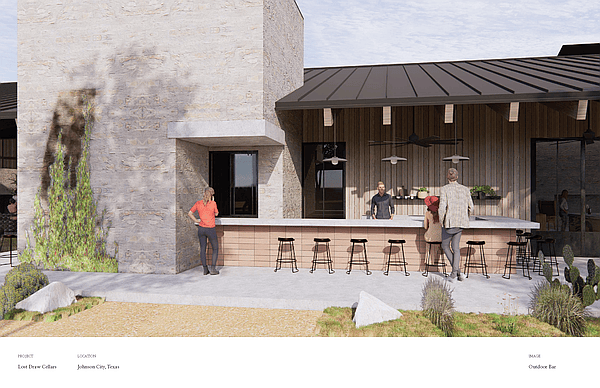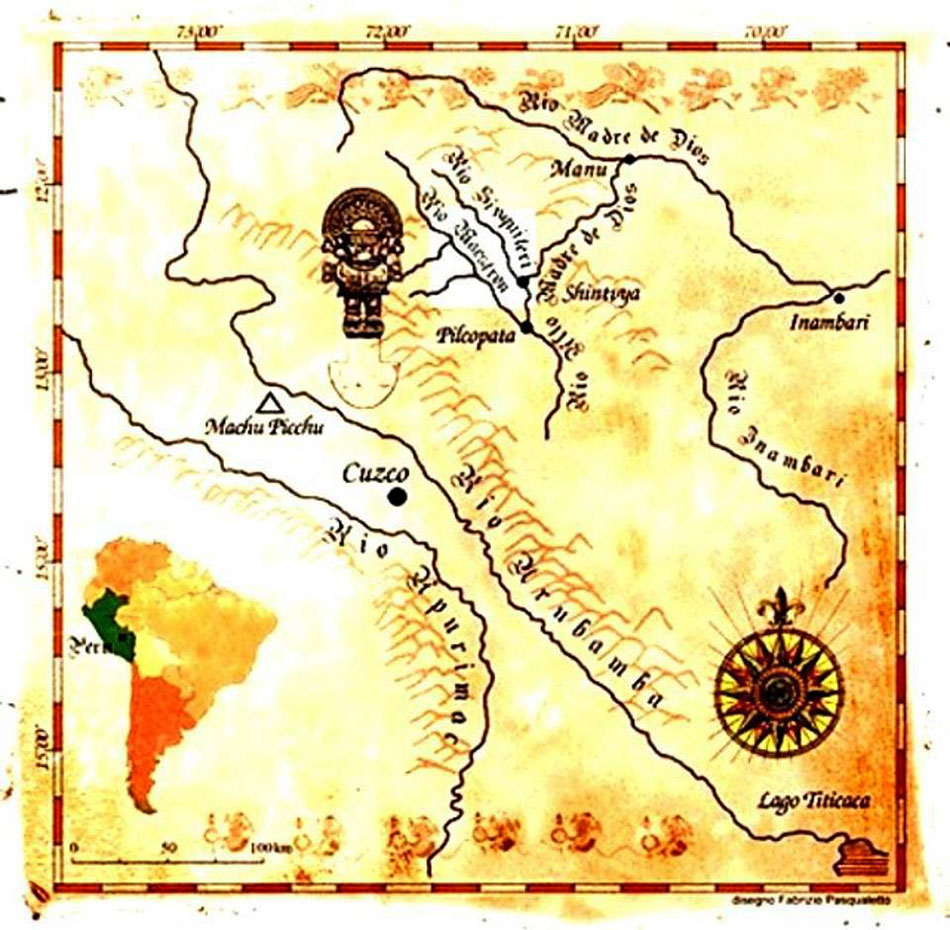

Documenting and protecting ACH is the common responsibility and duty of all humanity. The title of the article reflects his mantra for success, both personally and for the institutions he played such a large role in.Īrchaeological and cultural heritage (ACH), one of the core carriers of cultural diversity on our planet, has a direct bearing on the sustainable development of mankind.

Elachi's scientific and engineering accomplishments quickly led him up a long ladder within the NASA/JPL community, eventually landing him in the Director's chair.
#THE DISCOVERY OF THE LOST CITY OF UBAR SERIES#
His early work on aircraft imaging radar and the deployment of microwave synthetic aperture techniques for ocean and land surveying led to a series of groundbreaking Space Shuttle missions and opened up whole new fields of research for oceanographers, geologists, planetary scientists, geophysicists, and even archeologists. Elachi almost single-handedly pioneered the field of active microwave remote sensing from space. The subject of this paper is noted microwave radar remote sensing pioneer and National Aeronautics and Space Administration Jet Propulsion Laboratory (NASA/JPL) Director, Dr. This is the fifth article in our continuing series of biographical pieces with a technical lean (two in vol. The scientific potential of the illustrated analysis fits perfectly with the current delicate needs of cultural heritage such analysis demonstrates how multi-temporal and multi-data cultural heritage monitoring can be applied not only for documentation purposes, but can be addressed especially to those areas exposed to threats of different nature that require a constant and prompt intervention plans.

#THE DISCOVERY OF THE LOST CITY OF UBAR HOW TO#
This work demonstrated how to exploit a complex but significant dataset composed of SAR full polarimetric and dual polarimetric acquisitions, with the purpose of identifying the most suitable earth observation technique for the preservation and identification of archaeological features. RADARSAT-2 polarimetric data have been specifically acquired in 2012/2013, and have been scheduled to achieve a multi-temporal observation of the archaeological area under study. While PALSAR offers a good historical reference, Sentinel-1 time series provide recent and systematic monitoring opportunities. In this study we investigated the potential of combined dual and fully polarized SAR data and performed polarimetric multi-frequency and multi-incidence angle analysis of C-band Sentinel-1, L-band Advanced Land Observing Satellite Phased Array type L-band Synthetic Aperture Radar (ALOS PALSAR) and of C-band Radar Satellite-2 (RADARSAT-2) datasets for the detection of surface and subsurface archaeological structures over the United Nations Educational, Scientific and Cultural Organization (UNESCO) site of Gebel Barkal (Sudan). Applications of Synthetic Aperture Radar (SAR) remote sensing for archaeology mainly focus on high spatial resolution SAR sensors, which allow the recognition of structures of small dimension and give information of the surface topography of sites. This is one of the highly recommended tour among Oman Desert tours.In remote sensing for archaeology, an unequivocal method capable of automatic detection of archaeological features still does not exists. On our return to Salalah, we pass by Frankincense trees. This once buried city, which was spotted by satellite, gives you a glimpse of the value of work carried out by a team of explorers in 1982, led by Sir Ranulph Fiennes.

Quite literally, it sank without trace -becoming the fabled Atlantis of the Sands. From here, we drive to the lost city of Ubar, According to myth, the desert swallowed up Ubar. Here we find high sand dunes that rise to a height of 250 metres and above. We drive further to the daunting Empty Quarter or Rub Al Khali. We make a brief stop at Thumrait which was famous as a Bedouin settlement. We recommend it highly among Salalah Tours and Oman Day Tours as a whole and you will have an unforgettable memory to share with your family and friends back home. Dhofar has the most remarkable and popular site with its unspoiled and magical sand dunes. Drive across the Qara Mountains and on to the Nejd area of Dhofar.


 0 kommentar(er)
0 kommentar(er)
